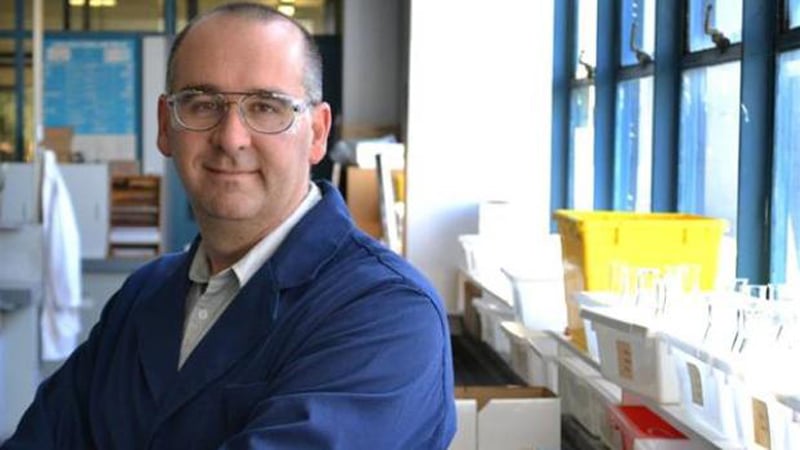The Australian Research Council has awarded Professor Michael Breadmore, from the University of Tasmania, a $630,000 grant for his contribution to 3D printing and portable analytical systems. Breadmore and his team will reportedly work with Taiwan-based 3D printing company Young Optics to develop a high-resolution, high-speed 3D printer for a portable analytical system.
Breadmore’s area of specialization is analytical chemistry, a field dedicated to tools and procedures used to separate, identify, and quantify matter. The Australian professor and his team have been working on lab-on-a-chip portable analytical devices. These devices offer users the ability to test samples and receive results themselves. Lab-on-a-chip technology can radically advance analytical applications in the clinical, forensic, environmental, and industrial sectors. The home pregnancy and blood-alcohol tests are popular examples of this technology.
3d printing promises to open greater doors for analytical technology. Breadmore has been researching in this field for the last ten years. With 3D printing, they hope to make the technology portable so that they can get chemical information at the collection site itself.
The researcher’s findings have been directed in the fields of detecting trace levels of pharmaceuticals in water, pollutants, homemade explosives, biological fluids and more. Analysis of blood samples, pharmaceuticals, residue and other fluids, on the spot, could turn out to be revolutionary in many fields, as stated by Breadmore in his web page of the University of Tasmania. The $630k funding will further help the team in their research work.
Breadmore and his team can now use the grant amount to work with Young Optics, the Taiwan company and maker of the MiiCraft DLP 3D printer. Together, they are working on a new high-resolution, high-speed 3D printer that will manufacture portable analytical systems. Breadmore says that with the 3D printer, they will manufacture objects the size of a cell, and they would be used for interesting chemical experiments.
